Top speed 241 km/h Length 11 m First flight August 24, 1933 Number of seats 3 | Wingspan 14 m Engine type Radial engine Manufacturer Blackburn Aircraft | |
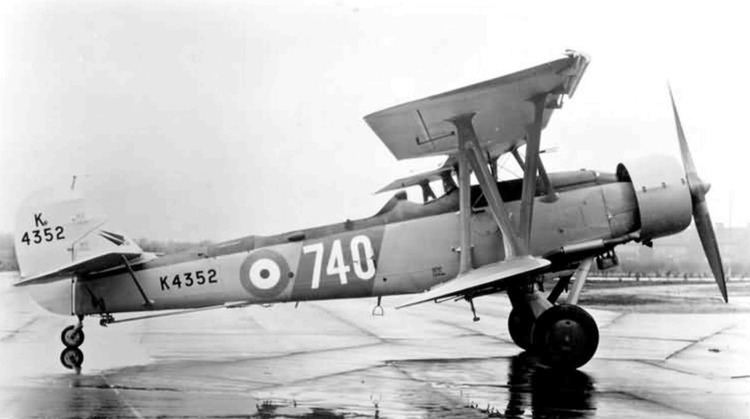 | ||
The Blackburn Shark was a British carrier-borne torpedo bomber built by the Blackburn Aircraft company in England. It first flew on 24 August 1933 and went into service with the Fleet Air Arm, Royal Canadian Air Force, Portuguese Navy, and the British Air Observers' School, but was already obsolescent in 1937 and in the following year, replacement by the Fairey Swordfish began.
Contents
- Design and development
- Operational history
- Canadian Sharks
- Variants
- Operators
- Specifications Shark Mk II
- References
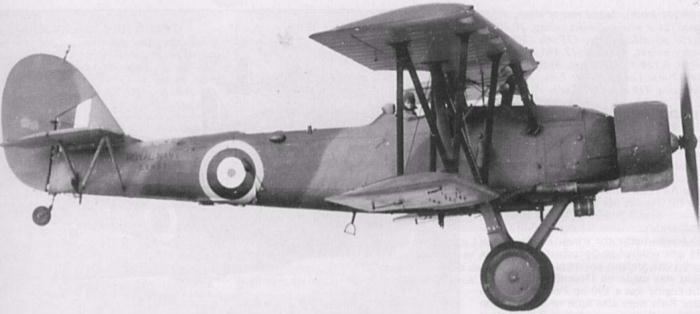
Design and development
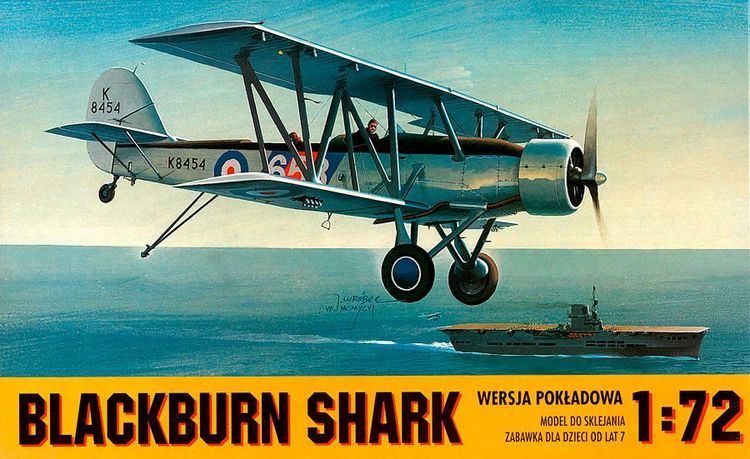
The Blackburn T.9 Shark was designed and built, initially as a private venture, to Air Ministry Specification S.15/33 for a torpedo-spotter-reconnaissance aircraft to be operated by the Fleet Air Arm. It had a crew of three, with the observer/wireless operator and gunner sharing the second cockpit (open on Mks I and II, enclosed on Mk III). Armament consisted of one fixed, forward-firing .303 in (7.7 mm) Vickers machine gun, plus a .303 in (7.7 mm) Vickers K machine gun or Lewis Gun mounted on a Scarff ring in the rear cockpit, with provision for a 1,500 lb (680 kg) torpedo or equivalent bombload carried externally. The Blackburn "B-6" prototype with a 700 hp (520 kW) Armstrong Siddeley Tiger IV was flown at Brough on 24 August 1933. The aircraft subsequently began Naval aviation tests at the Aeroplane and Armament Experimental Establishment (A&AEE), RAF Martlesham Heath on 26 November 1933.
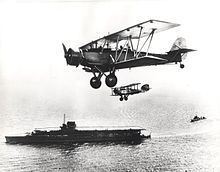
The following year, deck landing trials on HMS Courageous proved successful with Blackburn winning an order from the Fleet Air Arm in August 1934, to contract No 334315/34 and the new Specification 13/35. I, and further contract No 510994/35 to Specification 19/36 issued in January 1937.
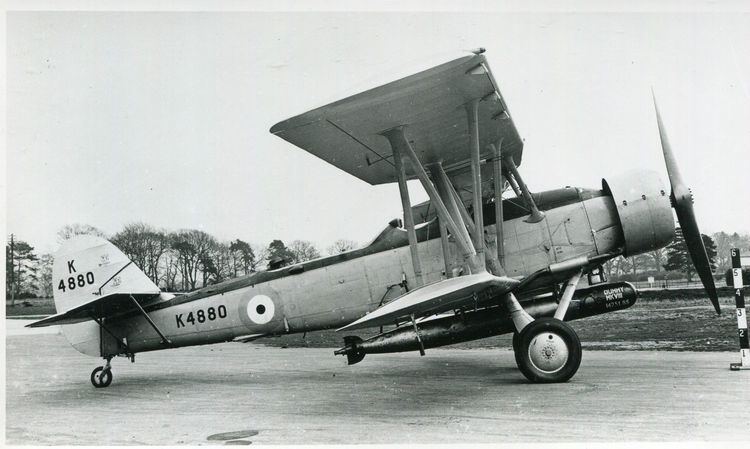
The prototype was subsequently fitted with twin floats and was test-flown at Brough in April 1935 with successful sea trials taking place at the Marine Aircraft Experimental Establishment Felixstowe. More contracts followed, and during the three years of production, 238 Sharks were delivered to the Fleet Air Arm, comprising 16 Mk I (Tiger IV), 126 Mk II (760 hp/567 kW Tiger VI) and 95 Mk III (760 hp/570 kW Tiger VI).
Operational history
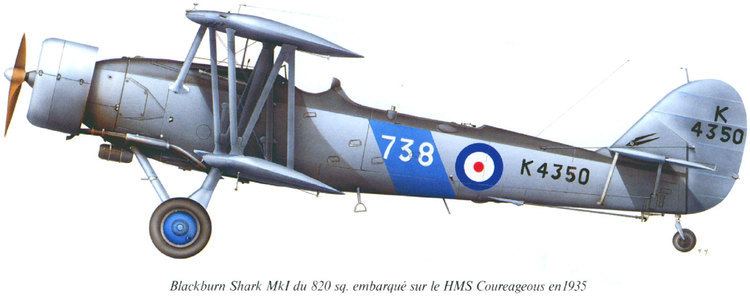
The Shark entered service with 820 Naval Air Squadron in May 1935, replacing Fairey Seals, equipping a further two squadrons (810 and 821) in 1936. Frontline service was short-lived, the type being replaced by the Fairey Swordfish in 1937.
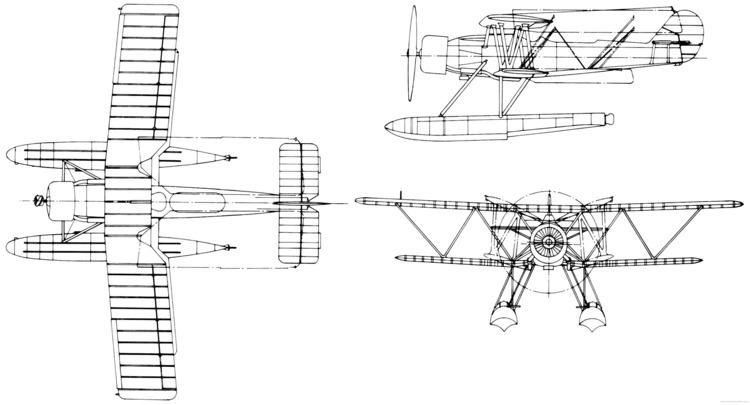
At least 22 Mk IIs and IIIs (all brought up to Mk III standard) were converted in 1937/38 as target tugs and operated in this role and for training and communications until 1942. Sharks based in RAF Seletar as target tugs were used for patrol missions and bombing raids against Japanese invaders over Malaya in January 1942.
Canadian Sharks
The RCAF purchased seven Blackburn Shark II (760 hp/570 kW Tiger VI) in 1936 for service with No 6 (TB) Squadron, later operating as No 6 (BR) Sqn on shipping patrols off the Canadian west coast. Two Blackburn Shark IIIs (800 hp/600 kW Pegasus III) were supplied to RCAF by Blackburn in 1939 as forerunners of 17 similar aircraft built by Boeing Aircraft of Canada at Vancouver, with 840 hp (630 kW) Pegasus IX and used by Nos 6 and 4 (BR) Squadrons. RCAF Blackburn Sharks, some of which operated as floatplanes, were withdrawn from service in August 1944 and five were then transferred to the RN Air Observers' School in Trinidad.
Variants
Operators
Specifications (Shark Mk II)
Data from The British Bomber since 1914
General characteristics
Performance
Armament
